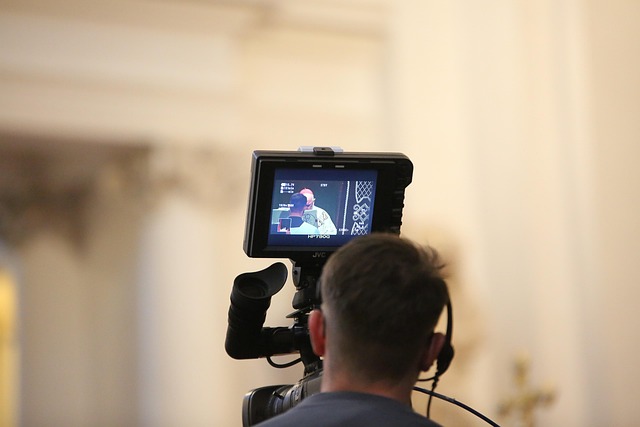
Embracing Linguistic Diversity: A Key to Effective Communication
Embracing Linguistic Diversity: A Path to Richer Communication
In our increasingly interconnected world, linguistic diversity is more than just a characteristic of global society—it’s a valuable asset that enhances how we relate to one another. When we recognize and appreciate the myriad languages and dialects people use, we open doors to deeper understanding, empathy, and collaboration.
Communication isn’t merely about exchanging words; it’s about connecting on a human level. Embracing linguistic diversity allows us to see beyond our familiar linguistic boundaries and appreciate the cultural nuances embedded within different languages. This broader perspective fosters inclusivity and helps bridge gaps that might otherwise hinder meaningful dialogue.
Imagine participating in a conversation where each person brings a unique linguistic background. Instead of confusion or frustration, there’s a shared excitement about learning and adapting. This dynamic not only enriches the message but also strengthens relationships by showing respect for others’ identities.
Moreover, in professional settings, acknowledging linguistic diversity can enhance teamwork and innovation. When team members feel that their unique ways of expressing ideas are valued, they’re more likely to contribute creatively and confidently. This environment nurtures a culture of open communication and mutual respect.
Ultimately, embracing linguistic diversity is about more than words; it’s about celebrating the diverse ways people perceive and interpret the world. By doing so, we cultivate a communication style that is inclusive, effective, and deeply human.



